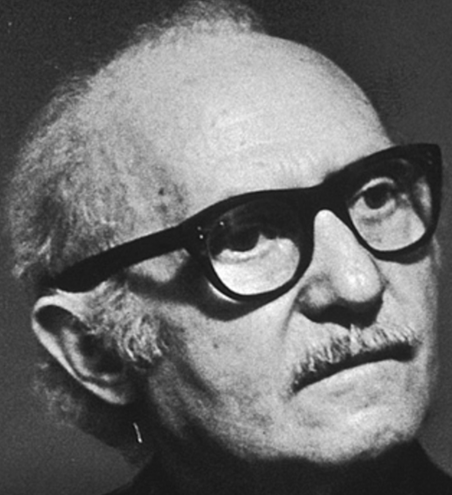Method Acting – Everything You Need To Know
- Nihar Bastia
- Sep 14, 2022
- 3 min read
We have all seen actors completely immerse themselves in their characters to the point where they transport us to another time and place, and for some of us, that’s why we go to the movies. But how do they manage to achieve it? This article looks at the specific acting approach that can propel artists to life-changing performances.
What Is Method Acting?

Method acting is a technique that performers employ to empathize with the characters they are portraying emotionally. In this technique, the actor “becomes” the character and frequently remains in the role for long periods.
The actors are urged to feel the true sentiments they require in each scenario rather than compartmentalize and fake them. This can cause psychological and behavioral changes for as long as they are in the position.
Method acting becomes a self-explanatory journey to the actors as they explore and discover their hidden personal depths. Also, the actor must be ready to go through the emotional trauma if they opt for method acting. To move the audience through their performance, the actor ought to step out of the comfort zone and wear the character’s shoes, telling the audience that it’s not just a random character on stage but one that long lasts in their memory.
History Of Method Acting
Lee Strasberg and Elia Kazan advanced method acting and introduced it to American acting studios in the 1930s. Strasberg suggests that the actor should live the character throughout and not just on stage or in front of the camera as far as method acting is concerned. Therefore, the actors dedicate themselves to the role by gaining and losing weight, changing the sleep time, following a diet schedule, and becoming the “character” as per the script.
However, the technique was invented in the early 1900s by Konstantin Stanislavski, a Russian actor and theatre director. Stanislavski did not coin the term “method acting” at the time, but his concepts established a framework for performers to create credible characters. Stanislavski’s method urged the actors to use personal experiences and memories to elicit genuine emotions and connect with the characters. This was in sharp contrast to the period’s more traditional, theatrical, and classical acting.

Key Elements Of Method Acting
Relieving tension: According to Strasberg, performers must be on a blank slate before taking on the life of another person. Therefore, before constructing a character, performers must first understand where they hold tension in their bodies and how to release it.
Focus and deliberateness: After releasing the tension, actors are urged to absorb the world in new ways, such as focusing on specific noises or filtering out others. Actors must pay close attention to their senses to recreate believable stimuli in their work. Vision, touch, and even taste are all subjected to the same activities.
Using sense memory: Actors enter into sense memory, the Method’s counterpart of Stanislavsky’s affective memory, once their senses are tuned. The most contentious aspect of the Method is this.
Identification and Replication: The actor’s capacity to recognize and duplicate feelings generates an authentic response, giving them artistic agency. Rather than being a puppet, the trained Method actor, according to Strasberg, influences the work’s very nature as much as the writer or director.
Is Method Acting Dangerous?
There’s a tight line between acting as if you’re feeling something on film and then bringing those feelings home with you. It can be challenging to reclaim yourself afterward. Some method techniques are also ones that performers come to regret later in life. When you play with your brain’s psychology, there’s always the risk of negative consequences.
James Franco once penned an op-ed in the New York Times regarding method acting and how it could be to blame for some actors’ unpredictable behavior.
Heath Ledger is a talented actor who was tragically stolen from us way too young. According to research, fully immersed performers “forget themselves” in the sense that they consciously overlook facts about themselves, temporarily subordinating their thoughts and feelings to those of their character.

Heath Ledger as the Joker in The Dark Knight








Comments